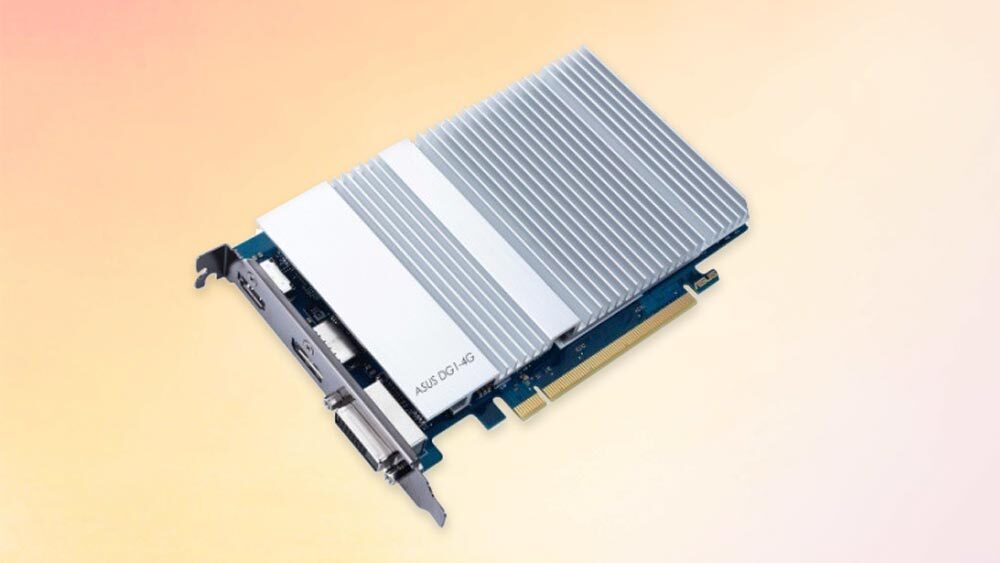Intel Iris Xe graphics could be a game-changer for budget PCs
Intel's new dedicated Xe desktop graphics could be perfect for affordable desktop PCs

Nvidia’s GeForce 30-series might be the most sought-after graphic cards, but Intel could offer an alternative as the chip maker has announced that its own discrete GPU will soon arrive in pre-built desktop PCs.
Intel announced its desktop graphics cards will be based on the Iris Xe graphics architecture you can find in laptops running Intel Tiger Lake chips. But these dedicated graphics cards will offer more power than their mobile counterparts.
- Where to buy Nvidia GeForce RTX 3080 — latest stock updates
- The best laptops you can buy now
- Plus: Windows 10 update includes three big upgrades that will make your life easier
With 80 execution units and 4GB of video memory, the Iris Xe graphics cards aren't going to challenge the mighty Nvidia GeForce RTX 3080 or the AMD Big Navi. Nor will you be able to buy Intel’s graphics card separately.
Rather, Intel will provide the Iris Xe graphics cards to PC makers, who will use the discrete GPU to make computers for the “high-volume, value-desktop market.” So don't expect these new GPUs to deliver beastly machines that'll feature on our best gaming PCs list.
However, with support for tech like adaptive sync, HDR, and artificial intelligence capabilities, the Iris Xe graphics cards could be more capable than they might seem on paper. We can expect to see them in budget desktops and compact PCs that deliver capable performance, say for a dedicated work-from-home computer.
And that's a good thing. Laptops with Xe graphics aren’t exactly cheap, and getting hold of a PC with the latest Nvidia or AMD graphics is an expensive exercise in frustration and waiting.
So if you’re in the market for an affordable PC for yourself, a partner or your children, then Intel could have you covered. Or perhaps you're looking for an affordable PC to act as a form of media center — handy when it’s stupidly hard to find where to buy the PS5 or where to buy the Xbox Series X — then an Xe graphics-powered PC could end up being the machine for you.
Get instant access to breaking news, the hottest reviews, great deals and helpful tips.
Even if a PC with a discrete Xe graphics card might not be in your sights, Intel’s push into desktop graphics is significant. That’s because it introduces a third player into the PC graphics arena.
Intel is already working on a gaming-focused GPU called Xe-HPG. And if the chip maker decided to step into creating gaming graphics sooner than later, then it could push Nvidia and AMD to retort with more powerful yet more affordable GPUs. That’s good news for PC gamers.

Roland Moore-Colyer a Managing Editor at Tom’s Guide with a focus on news, features and opinion articles. He often writes about gaming, phones, laptops and other bits of hardware; he’s also got an interest in cars. When not at his desk Roland can be found wandering around London, often with a look of curiosity on his face.
